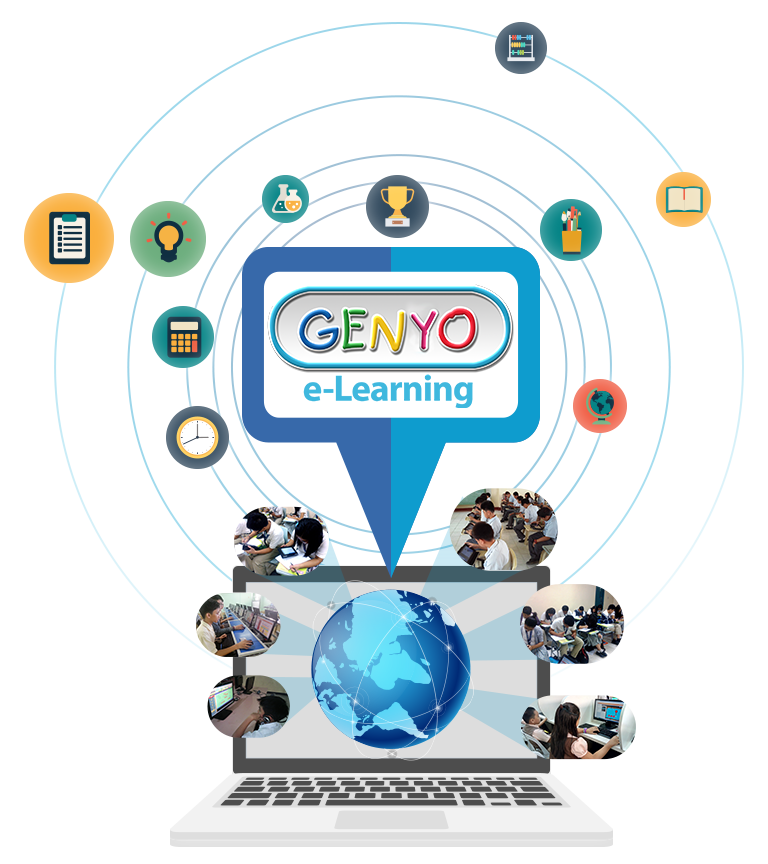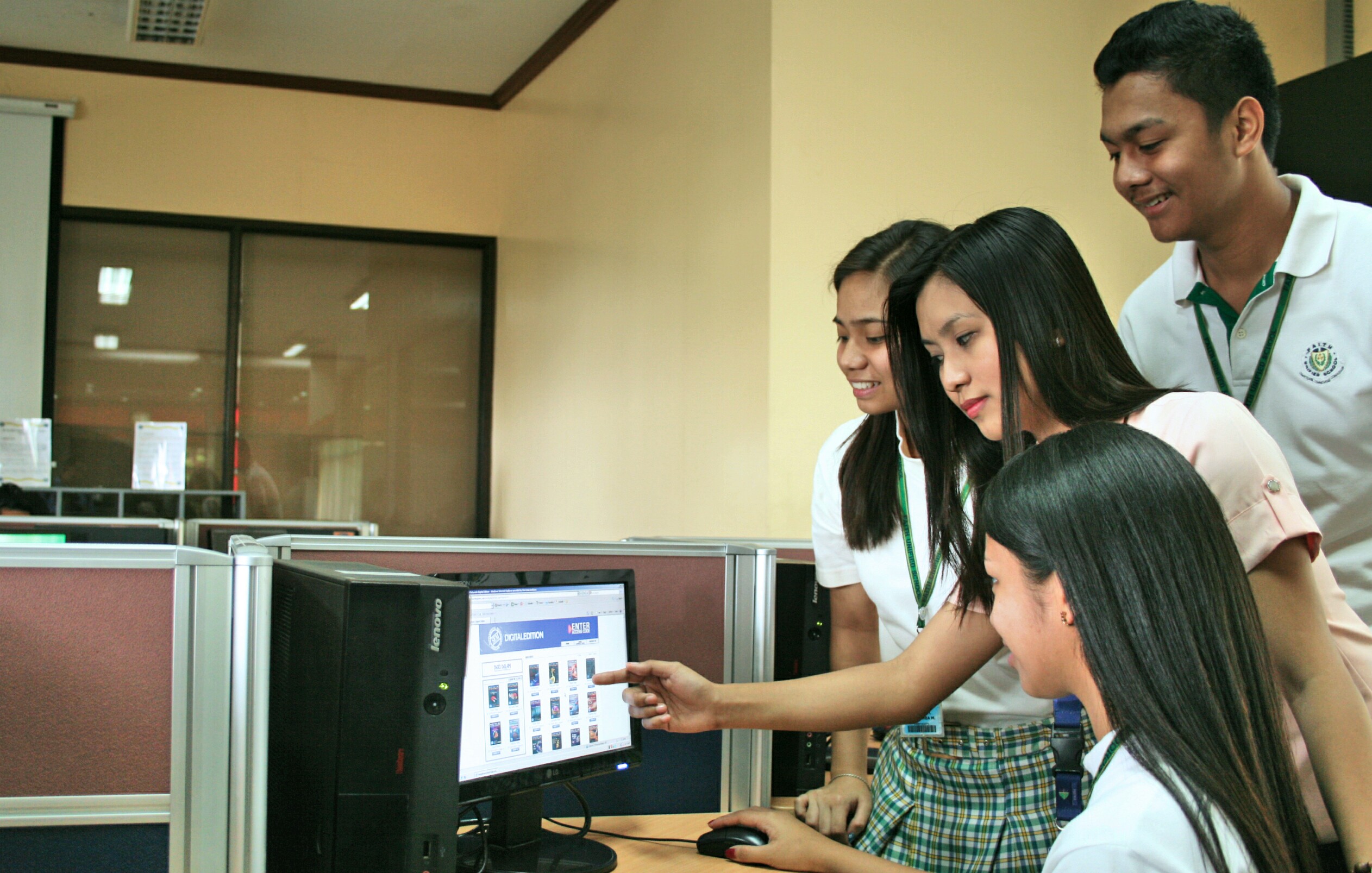Take the 10 steps to start your e-learning program

Dr. Rommel Mangila, owner and principal of Gymnazo Christian Academy, Jacklyn Santiago, the high school associate principal for academic affairs, and Conchita Alcala, the grade school assistant principal of Canossa of School of Santa Rosa, Laguna (Canossa), share their insights and experience to encourage teachers and administrations to roll out an e-learning program in their school.
1. Start small. Santiago shares that when Canossa decided to adopt e-learning the school only had a few computer units. Students had to share gadgets in the computer laboratory. Today, however, the school has three computer laboratories and their classrooms have LCD TVs.

2. Choose the right learning management system (LMS). There are many e-learning platforms in the market but the school has to make sure that they choose the one that would help them achieve their objectives. For Canossa, Genyo e-learning (Genyo) of Diwa Learning Systems Inc (Diwa) has been meeting their needs for almost 10 years now. Not just an empty box, the Genyo Learning Management System houses rich, animated lessons and activities for the core subject areas – English, Science, Mathematics, Filipino, and Araling Panlipunan. Diwa also offers an end-to-end e-learning solution by assisting schools with technical infrastructure planning and continuous
3. Consult the stakeholders. Changes in the curriculum must be thoroughly explained to students, teachers, and parents. When Mangila rolled out Genyo in 2012, he received flak from parents. But he did not give up. He introduced the program to the parents by inviting them to the school’s computer laboratory and letting them try Genyo themselves. The hands-on experience was helpful. “I brought the program to the parents,” he says. To ensure that parents know the program’s vision and roadmap, Santiago wrote letters to parents and invited somebody to talk about e-learning in her school’s parent-teacher association meetings.

4. Be proactive in preserving the trust of parents. Disruptions in the e-learning program are normal but must be resolved quickly to build credibility with parents. Mangila shares that in his first year of implementation, he had problems with internet connection, but he went out of his way to solve the problem. He shares that he even rented a computer shop near the school so that students can take the exam in Genyo. The “bring your own device” policy can make parents worry about theft or lost gadgets. Mangila shares that upon seeing all the expensive gadgets of his students, the school kept a record of the devices’ serial numbers for easy tracking and monitoring. This eliminated cases of stealing and misplaced devices.
5. Build the capacities of teachers. Santiago stresses the benefits of the training provided by Diwa. “Teachers must have a certain degree of confidence before they start to adopt e-learning,” she says. Schools can also conduct their own workshops and inject creativity where necessary. Mangila says that in his school, they hold an annual demo teaching or “demo fest” to help teachers improve their craft. To avoid bias, he invites principals from other schools to be part of the panel of judges.
6. Collaborate with the administration. Santiago underscores the need to team up with the administration in implementing an e-learning program. It is very important that the administration develops an appreciation for e-learning. Everyone must be involved, Santiago says. Mangila says that the administration should catch the vision of the e-learning program and must learn its functions. Being hands-on is crucial.

7. Constantly evaluate the program. Alcala shares that consistent assessment is needed, especially during the first few months of the online learning implementation.“We need to identify gaps, weaknesses, and strengths. We need to identify the areas where we excel and need improvement,” she says.
8. Do researches. Santiago enthuses that teachers in Canossa, especially those taking up Masters Degree, research or base their research papers on finding new ways to improve or maximize the use of e-learning.
8. Do researches. Santiago enthuses that teachers in Canossa, especially those taking up Masters Degree, research or base their research papers on finding new ways to improve or maximize the use of e-learning.
9. Work with the school’s Learning Integration Specialists (LIS). Alcala cites the role of their LIS in guiding teachers and students in maximizing Genyo. “She helps the teachers in incorporating Genyo in the classroom,” she says.
10. Persevere until results come. “It will be hard in the beginning,” Alcala shares. But since the school was serious in implementing an online program, they refused to give up despite the challenges. The hard work has paid off as Genyo is now fully integrated into the curriculum of Canossa.
Through the years, The e-learning program of Canossa and Gymnazo Christian Academy has grown in leaps and bounds. Santiago enthuses that Genyo is now also being used in other areas, like surveys, evaluation papers, the election of the student council, and academic competitions, to name a few. “Genyo has become a part our culture,” she adds.
Previous Issues

#AcademicIntegrity:
No to Plagiarism
by Almira M. Jallores

Values formation through Physical Education
by Anna Bettina Pangalangan



